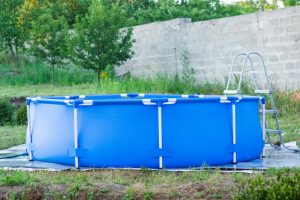
Bestway Above-Ground Pools Compared – Which One is Best for You?
Ready for summer and building your own backyard oasis? Here’s a look and comparison of Bestway’s above-ground pools, including the pros and cons of each. Next stop–summer splashin’!
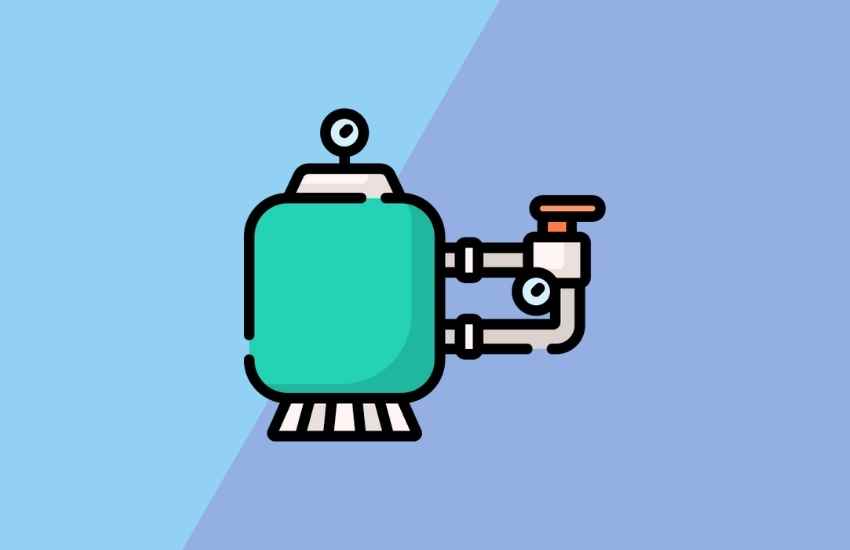
Backwashing your sand filter can look intimidating. The good news is that it doesn’t have to be. Here’s a simple step-by-step guide to how to backwash your above-ground pool’s sand filter.
You can throw all of the latest and best maintenance chemicals into the swimming pool that you want but they will not keep your pool crystal clear unless they are circulated throughout it properly.
That’s why a well-maintained pool filtration system (also called a circulating system) is so important for swimming pool owners.
Unfortunately, at times, problems will arise with the circulation rate on your pool’s filtration system.
These problems will slow down the flow through your pool’s filtration system so much that the water in your pool is no longer passing through the sand filter often enough to be cleaned properly.
If you have a sand filter on your pool’s filtration system, this usually happens because the sand in the filter has become dirty. Often, this can end up with cloudy pool water, poor circulation, and more cleaning than your regular cleaning routine calls for.
To correct this, you will then have to initiate what is called a “backwash cycle.”
This is a special agitation cycle on your swimming pool filter that cleans up the sand inside of it, so it can once again filter efficiently.
How do you backwash a sand filter? That’s what I am about to go over with you.
I will go over with you what a backwash cycle is, how it works to clean up the sand in your swimming pool’s filter, and how to properly do this important pool filtration system cleaning step.
Before you can grasp exactly how backwashing cleans your sand filter, you will first have to know how the sand at the top of your filter tank gets dirty.
It has everything to do with the way water flows through a sand filter.
Your filter is plumbed in such a way that the dirty pool water enters into the top of it and immediately comes upon a thick layer of sand. Your pump on your swimming pool’s filtration system is powerful enough to push water down through this sand.
This sand is so tightly packed that just about the only thing that can pass through it is pool water. Because of this, the dirt, debris, and organic matter that are present in your swimming pool’s water get trapped at the top of your sand filter.
The now cleaner water next makes its way down to the bottom of the filter tank where it enters into what are known as laterals.
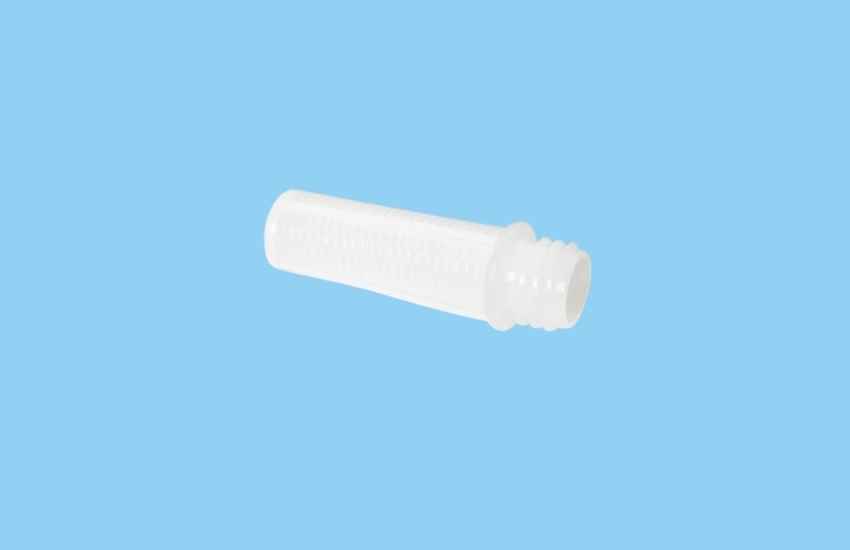
These laterals lead to a pipe that guides the flowing filtered water out of your filter and back into your swimming pool.
It’s a simple but very impactful means of keeping your swimming pool clean.
The only problem is eventually, the dirt builds up so much in the top of your sand filter that the only way to clean your filter is by doing a thorough backwashing.
One essential piece of information about your sand filter that you must first learn before I can teach you how to backwash your filter is how to put your pool’s circulation system into its backwashing mode.
You do this by using your sand filter’s multiport valve. This is a valve that will either be located on top of your sand filter or off to the side of it. It’s easy to recognize because it’s the only part of your sand filter that will have plumbing pipes coming in and out of it.
See also: 7 Best Intex Pool Filter Pumps for Cleaner Pool Water
On the very top of your multiport valve, you will see that it can be placed in several different positions (4 to 6 depending on the filter manufacturer).
These positions should be labeled as some combination of filter, backwash, recirculate, closed, waste, rinse, and sometimes others.
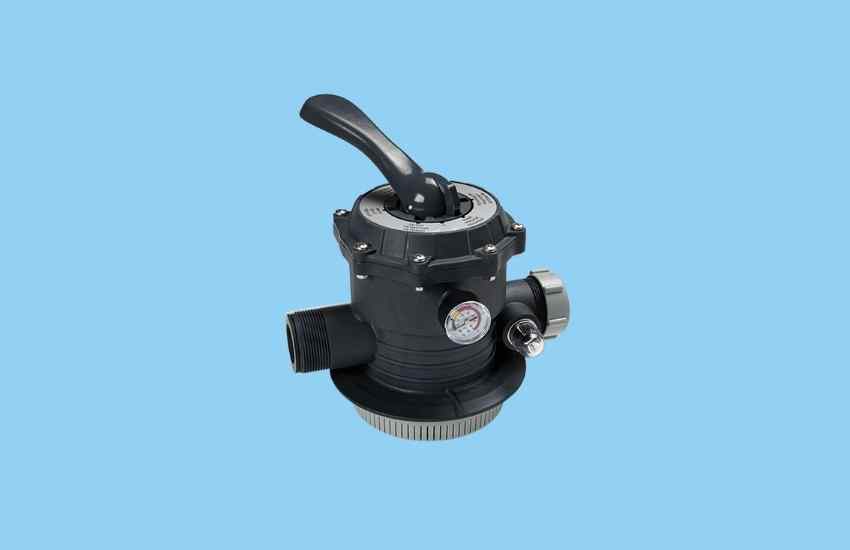
Be careful to never reposition this valve when your pool pump is on because there is a tremendous amount of water pressure going through the multiport valve and you will not only have a hard time moving it because of this but you may also break your multiport valve in the process.
So, before you can begin backwashing your sand filter, you will first shut off your pump and then carefully move the multiport valve handle until it firmly slots into the position on the multiport labeled ‘backwash’.
OK, so your pump is now shut off and you have placed the handle of your multiport valve firmly into the position marked ‘backwash’. Now it’s time to give your sand filter a good cleaning. You can do that by following these steps.
One of the keys to successfully cleaning the sand in your filter is to locate the sight glass that’s usually found on the side of it. The reason this clear glass or rigid clear plastic cylinder is important is that you have to use it to determine when the sand in your filter has been properly cleaned.
Once you have located it proceed to the next step.
Now turn on your pool pump. You will immediately see the sight glass fill up with cloudy water. Run your pump until the water in the sight glass turns clear. This will normally take two minutes or less to do.
Don’t run your filter system on the backwash cycle any longer than you have to because you lose water from your pool while doing it. Also, be aware that the more often you backwash your pool’s filter sand, the less time the backwashing process will take.
This is one of the most important steps when backwashing your sand filter. After you are done with the backwash cycle, shut off your pump again and move the handle on your multiport valve firmly into the ‘rinse’ position.
You need to do this because your backwash cycle agitates the top layer of sand in your filter to better be able to clean it. The rinse cycle is a reverse agitation process that settles the disturbed sand at the top of your filter back down into its normal filtering position.
Turn your pump back on and count to 15 and then shut it back off again. This is long enough for the rinse cycle to get your sand filter ready to clean your pool water again.
Failure to do a rinse cycle after backwashing could also put dirty water back into your swimming pool.
Now that your pool pump is off and you have a nice clean sand filter again, it’s time to move the handle on your multiport valve back into its normal operating mode which is marked ‘filter’.
Once this is done, turn your pump back on and let your filter run to continue keeping your pool water crystal clear.
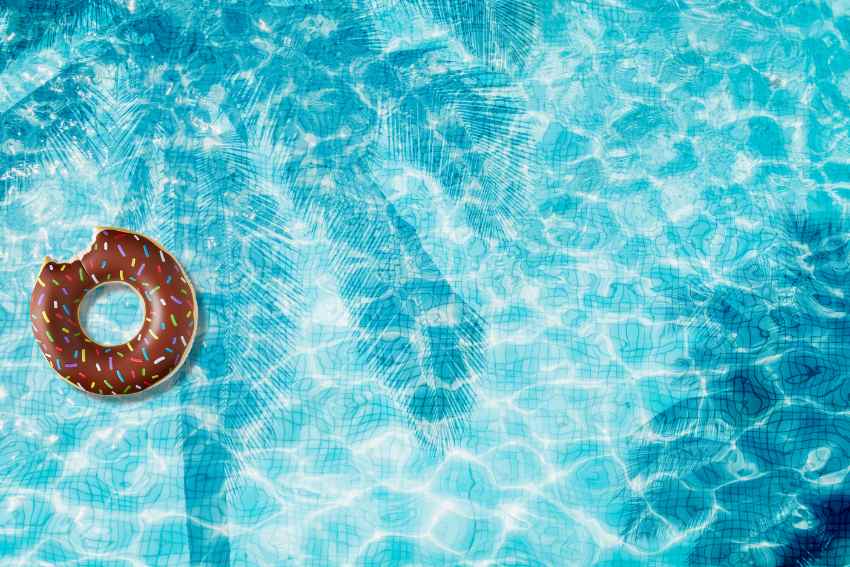
Here are some of the most common questions that I get asked regarding backwashing a sand filter on a swimming pool filtration system:
There are three things that you have to be very careful of when backwashing a sand filter.
The first is that while you are using the backwash setting on a sand filter, you are losing water from your pool at the same time. So only run the pool on its backwash cycle long enough for the sight glass on the side of the filter to clear.
Also, never turn the multiport valve to the backwash position while the pump is running. Be sure to shut it off first. There is so much pressure in the system while the pump is running this could ruin your multiport valve.
Lastly, always double-check that you have returned the multiport valve to the ‘filter’ position and any valves on the backwash line have been shut. Failure to do this can cause the pool to drain out almost completely and catastrophic damage can result.
While there are occasions where you want to drain your above-ground pool, this is absolutely not the way to get it done!
Sand coming out of your backwash line while cleaning your sand filter is a sign of a significant part failure inside of your sand filter tank. Most likely cracked laterals. You must immediately shut off your pool pump and call a pool repair professional for help.
If you are wondering if your backwash cycle always gets the sand at the top of your filter tank clean, the answer is no.
This happens when your sand filter has had so much suntan oil, pollen, and other coagulating substances pass through it that a thick, hard layer of material forms over the sand at the top of the filter tank.
Normal backwashing cannot dislodge this type of hardened material.
It may also be the case where the sand in your filter is so old that soil, organic material, and other substances get so deeply embedded in it that it can no longer be cleaned effectively.
This is a great question because there will come a time when you need to put fresh sand in your swimming pool’s filter. The problem is it’s hard to give you an exact answer. That’s because the conditions that each swimming pool is used and maintained under are different.
Pools with a higher bather load tend to need the sand changed in their filters more often and for pools that are seldom used, they can go for long periods without a sand change.
The environmental conditions that a pool is subject to also play a factor in when it’s time to change filter sand. An example is if your pool is in a windy location, you will build up dirt faster in your filter than if your swimming pool is more sheltered.
Based on my 26-years of experience in the swimming pool maintenance business I have some general pool sand change guidelines for you.
The first is that you should change the sand in your swimming pool filter at least once every two years. Every year is even better and will help your pool stay crystal clear.
Also, consider changing your filter sand if you are starting to have to backwash your filter every few days to keep your pool’s circulating system flowing properly.
To be honest, there is no such thing as having a sand filter for your above-ground pool that is too clean and efficient and that’s what you get when you properly backwash your sand filter.
If you are asking me more specifically if there is a time that you absolutely have to do a backwash, then I would say this is after every time that you vacuum your swimming pool or when you see a significant drop in the circulation speed of the water in your swimming pool.
There is one aspect of backwashing that should be very evident after reading this article. The more that you do it, the cleaner your pool will stay and the easier it will be on your swimming pool’s filtration equipment. You also have to follow the steps listed above to make sure that you do it properly.
Try to get into some sort of routine when it comes to backwashing. That means tying it into another pool maintenance step that you do once a week.
This could be something as simple as putting your sand filter through a backwash cycle every time that you vacuum your swimming pool.
Keep in mind that the more often that you backwash your filter, the less amount of time it will take to clean your sand filter and the less water you will lose from your swimming pool during the process.
If you don’t have time to do regular pool filter backwashing, it’s something that wouldn’t cost you very much to have a professional pool maintenance tech do for you.
How Hard is it to Maintain an Above-Ground Pool? Proper maintenance and cleaning of your swim pool is the key to spending more time enjoying and less time fixing it. Here’s a breakdown of how to maintain it efficiently.
5 Best Heaters for Above Ground Swimming Pools. Want to get more time and use from your backyard pool? Here are our hand-picked selections of the best heaters for above-ground swimming pools.

Olivier Poirier-Leroy Olivier Poirier-Leroy is the founder of YourSwimLog.com. He is an author, former national level swimmer, two-time Olympic Trials qualifier, and swim coach.
Olivier is the author of the books YourSwimBook and Conquer the Pool. He writes all things high-performance swimming and is passionate about helping swimmers, swim coaches, and swim parents master the pool.
His articles were read over 4 million times last year and his work has appeared on USA Swimming, SwimSwam, STACK, NBC Universal, and more.
He’s also kinda tall and can be found hitting noon-hour lap swims. You can learn more about Olivier here.

Ready for summer and building your own backyard oasis? Here’s a look and comparison of Bestway’s above-ground pools, including the pros and cons of each. Next stop–summer splashin’!

Ready for summer? Here’s a detailed look at the best Intex Above Ground Pools, how they compare, and what you need to know before buying.
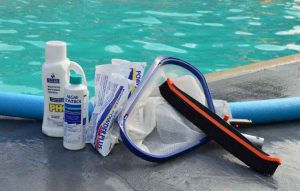
Shocking the pool is a key part of running a clean (and usable!) swim pool. Here’s a detailed look at signs you need to shock the pool, how often do it, and steps for doing it like a pro. Clean pool water, engage! If you’re a new pool owner, you

If you are like most people, when you are trying to keep your swimming pool’s water crystal clear, you focus on adding chemicals and doing regular tasks such as vacuuming and brushing off the walls of your swimming pool. While these are hugely important pool maintenance steps, they can be

Looking for some simple tips for winterizing your above-ground pool? Here’s an overview of when and how to prepare your pool for winter.

Looking to upgrade your Intex pool pump? Here’s what you need to know about Intex’s line of pool filter pumps.

LANE 6 PUBLISHING © 2012-2024 · PRIVACY POLICY · RETURN POLICY · TERMS OF SERVICE · AFFILIATE DISCLOSURE